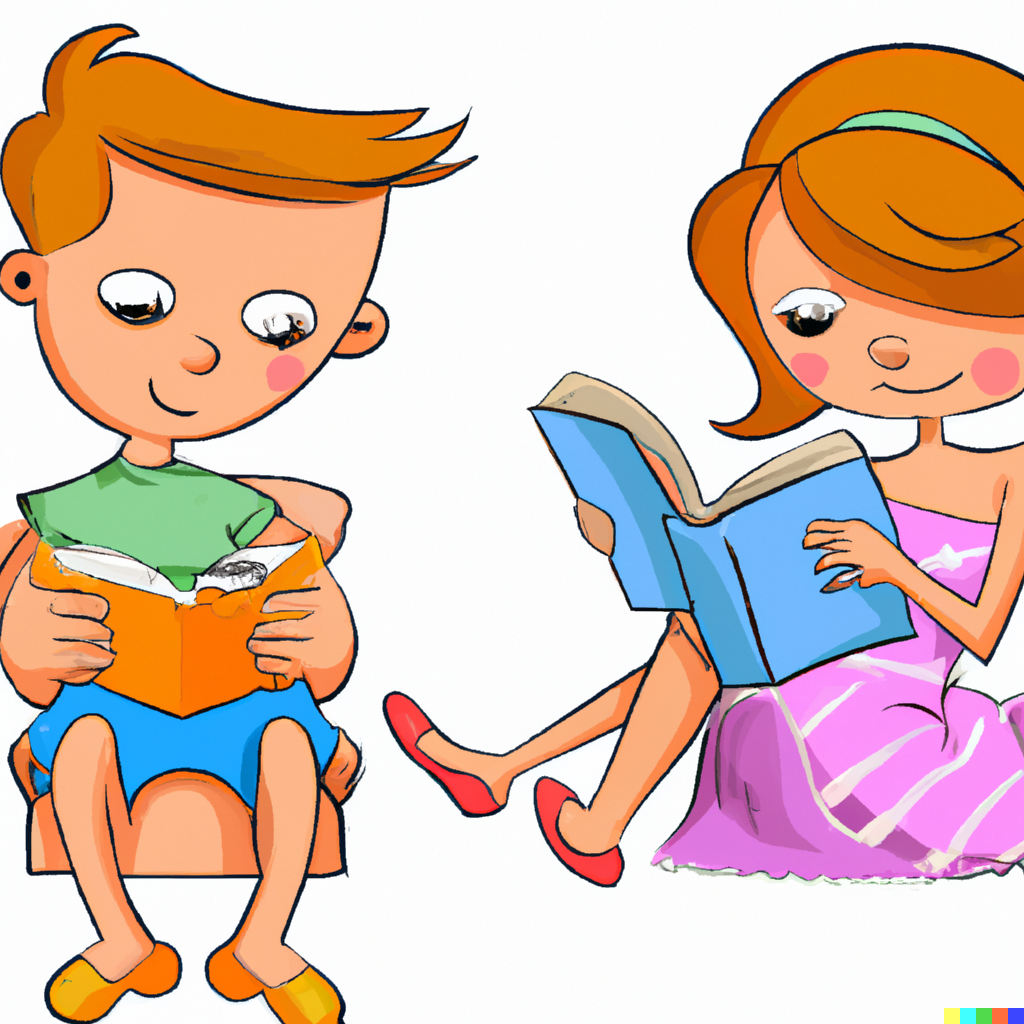A lot of cognitive and educational research has shown that students taught to decode language using systematic and explicit phonics learn to read better than students using other methods, such as the one called "three-cueing," in particular. What is it about?
The three-cueing model is a constructivist theory of reading foundational to "whole language" and "balanced reading" instruction. With the three-cueing process, learners are encouraged to guess the words by looking at pictures and whole words (visual cues) and the context of the sentences (syntax cues).
Sometimes defined as using "multiple sources of information" and a "problem-solving" strategy, the three-cueing system tends to harm the most vulnerable students. Struggling readers at risk of being affected by it the most are those with dyslexia and the least able to afford private tutoring in phonics and decoding. So a group of current and former teachers has written an open letter and started a campaign for much-needed change in how reading has been taught in schools for the past few decades.
The huge problem is that few educators have heard of the best scientific research in reading. This is because an entire industry of education publishers, teachers, and curriculum developers have ignored and even rejected said research in reading, despite the efforts of thousands of teachers, parents, and students wanting to improve the situation. Let's hope the voices of 650 teachers who made the call for change will finally be heard by the cohort of "balanced literacy" leaders.

Picture: A young girl and a young boy reading (ChildUp & DALL-E - 2022)


